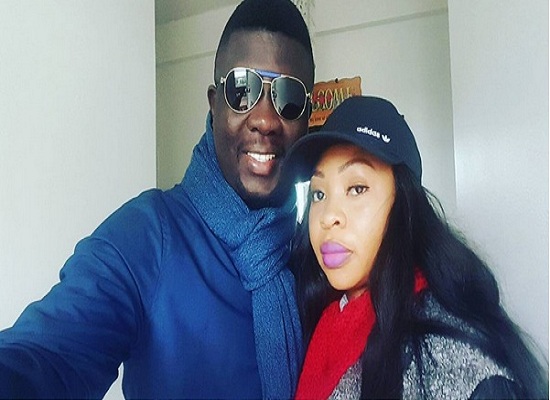![It is important to re-set their sleep pattern to get enough rest needed to bring them up [Photo Credit Instagram @theokechikwutriplets]](https://fabmumng.com/wp-content/uploads/2021/03/How-To-Sleep-Train-Twins.jpg)
![It is important to re-set their sleep pattern to get enough rest needed to bring them up [Photo Credit Instagram @theokechikwutriplets]](https://fabmumng.com/wp-content/uploads/2021/03/How-To-Sleep-Train-Twins.jpg)
This is why their sleep time is one of the most precious times of your journey.
It is the time to make coping with multiples a little easier. Hectic as things may be, what is important is that you get in a routine and find methods that work for you.
Here’s how to go about it:
1. Begin Sleep Training Around 4-6 Months Of Age
Pediatricians recommend that the best time to start sleep-training your babies is when they are around 4 months of age.
It is the time when they can start to self-soothe themselves if they are upset and fall asleep on their own. This is also usually when nighttime feedings start decreasing.
3. Put Twins To Bed At The Same Time
Even if just one of them is sleepy and the other is still very active, rock them both to sleep simultaneously.
This will help sync their sleep cycles, as well as give you some much-needed rest.
It doesn’t matter if one stays awake in their crib a little while. This practice can help teach them how to fall asleep on their own.
Also, you’ll want to establish a consistent bedtime routine as early as possible. A routine consists of a number of nighttime activities that can tell the twins that it is time to go to bed.
Have it well-thought-out so you won’t have to skip a step or rearrange the steps. Plus, whatever routine you establish, begin the routine at the same time each night and follow it consistently each night.
For instance, if the babies go to bed at 7 pm, start the routine at 6:00 pm.
Your routine could consist of changing their diapers, bathing them, giving them a bottle, laying them down, playing soothing music, and kissing them goodnight.
3. Put Your Babies To Sleep In Separate Cribs
Putting your babies in separate cribs will keep them from waking each other up.
You want to place the cribs a few feet (or a meter or two) across from each other or place them at a 90-degree angle from each other.
But if any of them is a more sensitive sleeper, place crib by the nursery door so you can retrieve them quickly without waking the other(s) up.
If you have two sensitive sleepers, place the cribs on opposite sides of the room to avoid waking up 1 as you help the other.
The first step would be to identify which of the twins, triplets, etc. is a sensitive sleeper.
The telling signs include: A sensitive sleeper may have a hard time falling asleep or waking up; they may be easily disturbed by noises while sleeping.
So, when sleep-training, plan sleep times according to the sensitive one’s schedule.
If 1 of the twin/triplet is a sensitive sleeper but the other isn’t, tailor their sleeping schedule around the sensitive baby’s schedule.
If one of them is fussy, put down and settle the calm twin into bed first. This will ensure that they all get enough attention.
4. Put The Twins To Bed When They Are Drowsy But Still Awake
This will help them go to sleep faster, plus buy you some rest in the long run.
Even better, they will be falling asleep in bed, which will help them learn how to go to sleep on their own in their crib.
5. Wake The Babies Up At The Same Time
Having them on a consistent sleep/wake schedule like this will help their body clocks get some consistency and also keep everyone on the same sleep and nap schedules.
If one baby gets up early, wake the other(s) up before taking the first out of their crib.
If one wakes up and cries to be fed, wake the other(s) up to feed them too.
The goal here is consistency so they get used to these timings.
If one wakes up early but isn’t fussing, leave them in the crib until their normal wake-up time. This will help make them get used to the schedule.
The exception to this strategy is if one baby is fussing at night. Do not wake the other up, unless they too need to be fed.
Find more resources on parenting and motherhood here



